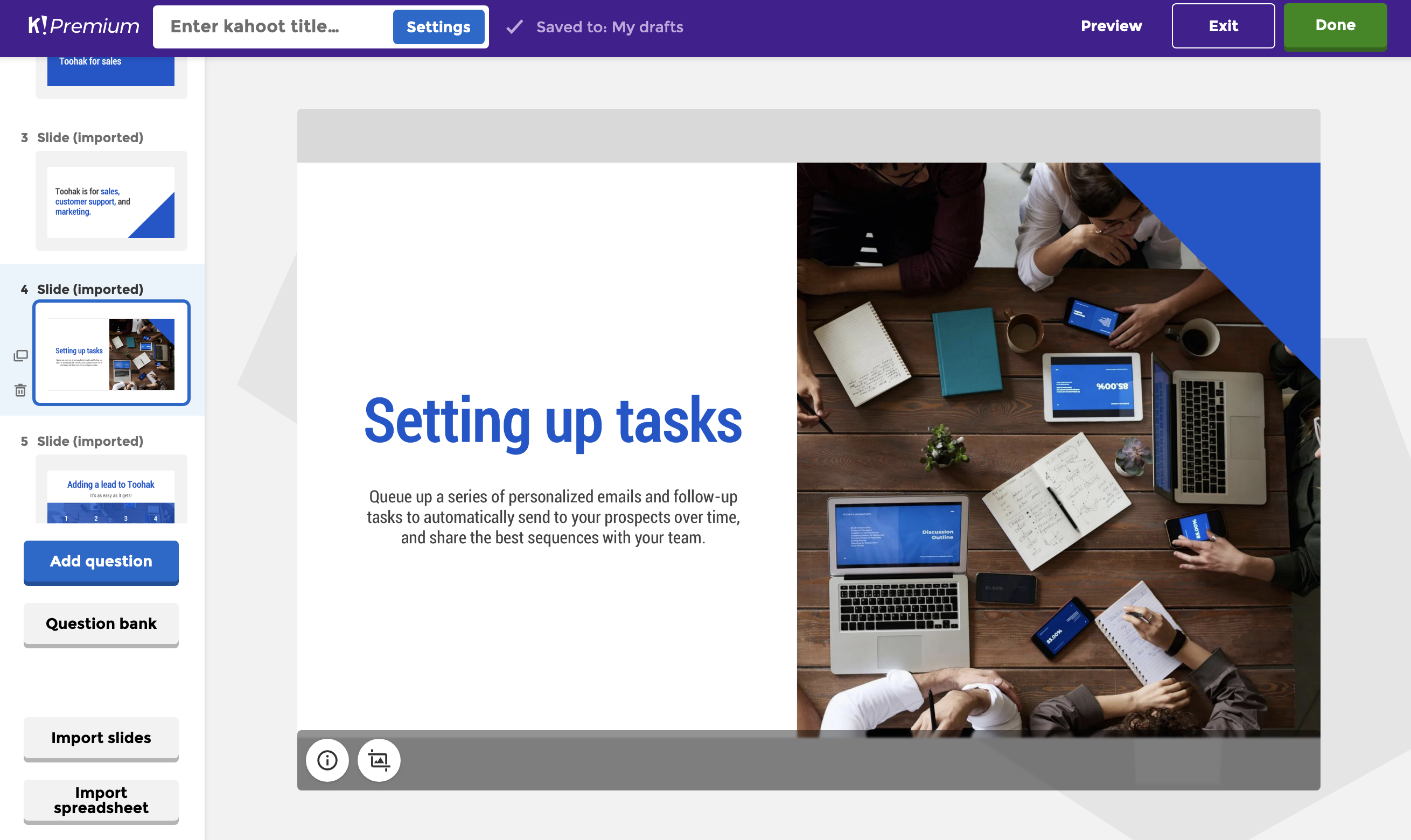As the world continues to change, it is clear that remote work is here to stay, and companies should look at adapting their strategies to ensure a smooth and successful transition to virtual collaboration and training. Many companies have proactively started this transition in order to optimize their use of resources and reduce cost, such as Guild Mortgage, who have saved $200,000 per year with their new approach.
Yet, it is still challenging for trainers to no longer have the benefit of reading their audience, and building a personal connection with learners when delivering in-person training. However, with some tweaks, there is no reason why virtual training should be less impactful. Read our top tips for developing an effective and memorable virtual training strategy.
Preparation is key
Since you won’t have the benefit of in-person interaction, ensure you prepare well ahead of time. Break down your content into bite sized pieces, or “chapters”, so learners have time to digest the content and reflect before moving onto the next section. Make slides and other material as concise as possible, so you open up for opportunities for discussion throughout the session, and ensure you have time to recap and reinforce content at the end.
As you are not able to see your audience, presentation of content can tend to last longer than required. Remember your learners need to participate, too! If you don’t feel confident around certain areas, ask for feedback from subject matter experts on what to prioritize and focus on. Have a clear structure for your session to follow to ensure you don’t miss anything vital.
Pro tip: To keep engagement high, we recommend combining slides with audience participation features such as word clouds, multiple answers, and open-ended question types to keep your learners engaged and focused. Use our new slide importer feature to add your existing slides!

Develop and share clear goals and deadlines
To ensure they are accountable for their learning and development, your learners need a clear understanding of the goals and expectations in your sessions, as well as realistic, solid deadlines for any assignments or follow up sessions they will be involved in.
What are your primary learning objectives? Do you understand the baseline levels of knowledge and experience of your learners, so you can tailor your training? What is a realistic timeframe to deliver these objectives and set assignments by, based on your understanding of current business needs and challenges? This can be especially challenging when you don’t have the opportunity for face-to-face check-ins. Focus on the deliverables and be sure to send reminders and follow ups to your learners to help keep them focused and on track.
Pro tip: Assign a shorter recap Kahoot! challenge of all the key points covered during your session, including any deadlines or reminders, for learners to complete within a few days after the session.

Ensure all content is in one place and accessible to all
There is no point investing time into producing high quality training content if it is not accessible. They need to be able to access resources easily, whether to reinforce learning, complete assignments or to understand the most up to date policies and procedures.
Pro tip: Within your Kahoot! team space, you can organize your content into folders and build a comprehensive library. Share and set permissions for who can access your kahoots by assigning them to certain groups, including those outside of your organization.
Continue learning after your virtual sessions
Once you have covered all key content in your session, how do you ensure learning doesn’t stop, as well as obtain the feedback required to improve and target your future instruction?
Amidst making sure the technology works, that you cover all content in time, and ensuring trainees are engaged, it’s easy to forget to follow up to get required feedback to be accountable for your training.
Pro tip: Add survey and poll question types to a follow-up Kahoot! challenge to obtain feedback on your training style, as well as recap important content. Coming soon: open-ended questions to type longer feedback, and brainstorming question type.
Start creating and implementing an effective and engaging virtual training strategy with Kahoot! 360, our powerful collaborative learning platform which empowers all trainees to contribute to their own learning.




